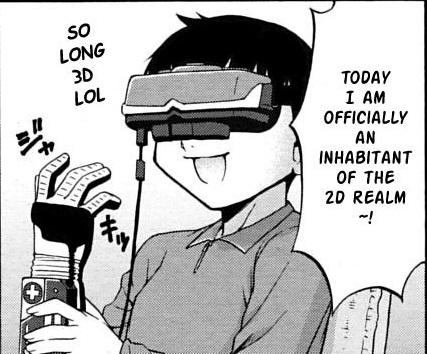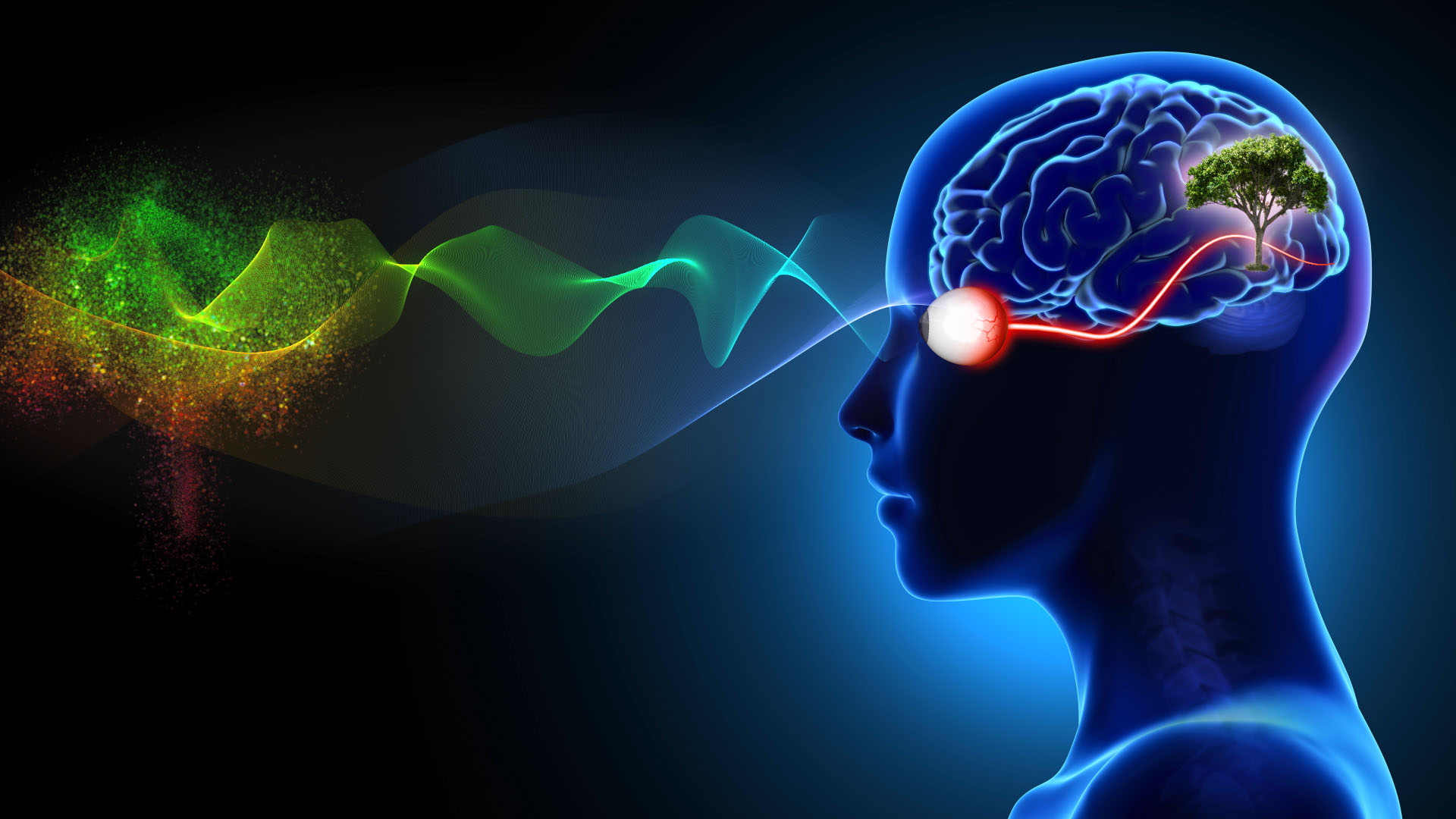As many of you know by now, I worked on this project with the VXR team at VMware to try to run Augmented and Virtual Reality Applications on VMware vSphere. The white paper demonstrates that, using VMware vSphere backed by NVIDIA Virtual GPU technology, AR/VR applications can be run on a Windows 10 virtual machine with an NVIDIA vGPU, and streamed to a standalone AR/VR device, such as the Oculus Quest or Vive Focus Plus, using NVIDIA’s CloudXR protocol. It was a very interesting project as we had some real challenges I did not expect. I am not going to reveal the outcome of the project and our findings, you will need to read the white paper for that, it will also give you a good understanding of the use cases around these technologies in my opinion. One thing I can reveal right here though is that these workloads are typically graphic intense. I want to share with you one image which in my opinion explains why this is:

Traditional apps/workloads usually run on a single monitor with a frame rate of 30 frames per second. VR applications are presented in a VR headset. A VR headset has a display for both eyes, that doubles the number of megapixels per second immediately, but these displays also expect 72 frames per second or more typically. This is to avoid motion sickness. All of this is described in-depth in the white paper, of course including our findings around GPU utilization when running VR/AR applications using NVIDIA CloudXR, NVIDIA and VMware vGPU on top of VMware vSphere. I hope you enjoy reading the paper as much as I enjoyed the project!
Go here to sign up for the white paper: https://pathfinder.vmware.com/activity/projectvxr
 Today is the last day of my
Today is the last day of my 
 I first got introduced to Virtual Reality (VR) in the 90’s. Back then it was all about gaming of course. Even today though the perception is that it is mainly about gaming, and to be honest that was also my perception. When I spoke with Alan Renouf the first time about the project he was working on and I saw his keynote demo I didn’t really see the opportunity. It all felt a bit gimmicky, to be honest, but can you blame me when the focus of the demo is moving workloads to the cloud by picking up a VM and throwing it over “the fence”.
I first got introduced to Virtual Reality (VR) in the 90’s. Back then it was all about gaming of course. Even today though the perception is that it is mainly about gaming, and to be honest that was also my perception. When I spoke with Alan Renouf the first time about the project he was working on and I saw his keynote demo I didn’t really see the opportunity. It all felt a bit gimmicky, to be honest, but can you blame me when the focus of the demo is moving workloads to the cloud by picking up a VM and throwing it over “the fence”. It isn’t something I ever thought about, but in order to train firefighters they create a room inside a container, burn down the container and then have groups of firefighters try to figure out how and where the fire started. The problem is though if they train 10 groups per day, only the last group can touch the objects and do a proper investigation. With VR this problem is solved, as after every training session you reset and start over. Same for instance could apply to police force training for things like crime scene investigation. Or for instance training of personnel working (nuclear) power plants, oil platforms, etc etc. Or even customer services training for retailers like Walmart, let them deal with difficult customers in VR first, let them handle dozens of difficult situations in VR before they are exposed to “real” customers.
It isn’t something I ever thought about, but in order to train firefighters they create a room inside a container, burn down the container and then have groups of firefighters try to figure out how and where the fire started. The problem is though if they train 10 groups per day, only the last group can touch the objects and do a proper investigation. With VR this problem is solved, as after every training session you reset and start over. Same for instance could apply to police force training for things like crime scene investigation. Or for instance training of personnel working (nuclear) power plants, oil platforms, etc etc. Or even customer services training for retailers like Walmart, let them deal with difficult customers in VR first, let them handle dozens of difficult situations in VR before they are exposed to “real” customers. Over the past 6 years, my focus has very much been VMware vSAN. I started focussing on vSAN when we internally started working on Project Marvin in 2012, or EVO:RAIL as it was officially called, which then became Dell EMC VxRail. After a brief stop in the corporate Office of CTO I then joined the Office of CTO for Storage and Availability to focus solely on vSAN. I think it is fair to say that vSAN has been on top of mind for what feels forever. As such, I figured I needed a break, some time to think and talk about something different for a change, some time to learn new technologies, some time to work on something else.
Over the past 6 years, my focus has very much been VMware vSAN. I started focussing on vSAN when we internally started working on Project Marvin in 2012, or EVO:RAIL as it was officially called, which then became Dell EMC VxRail. After a brief stop in the corporate Office of CTO I then joined the Office of CTO for Storage and Availability to focus solely on vSAN. I think it is fair to say that vSAN has been on top of mind for what feels forever. As such, I figured I needed a break, some time to think and talk about something different for a change, some time to learn new technologies, some time to work on something else.